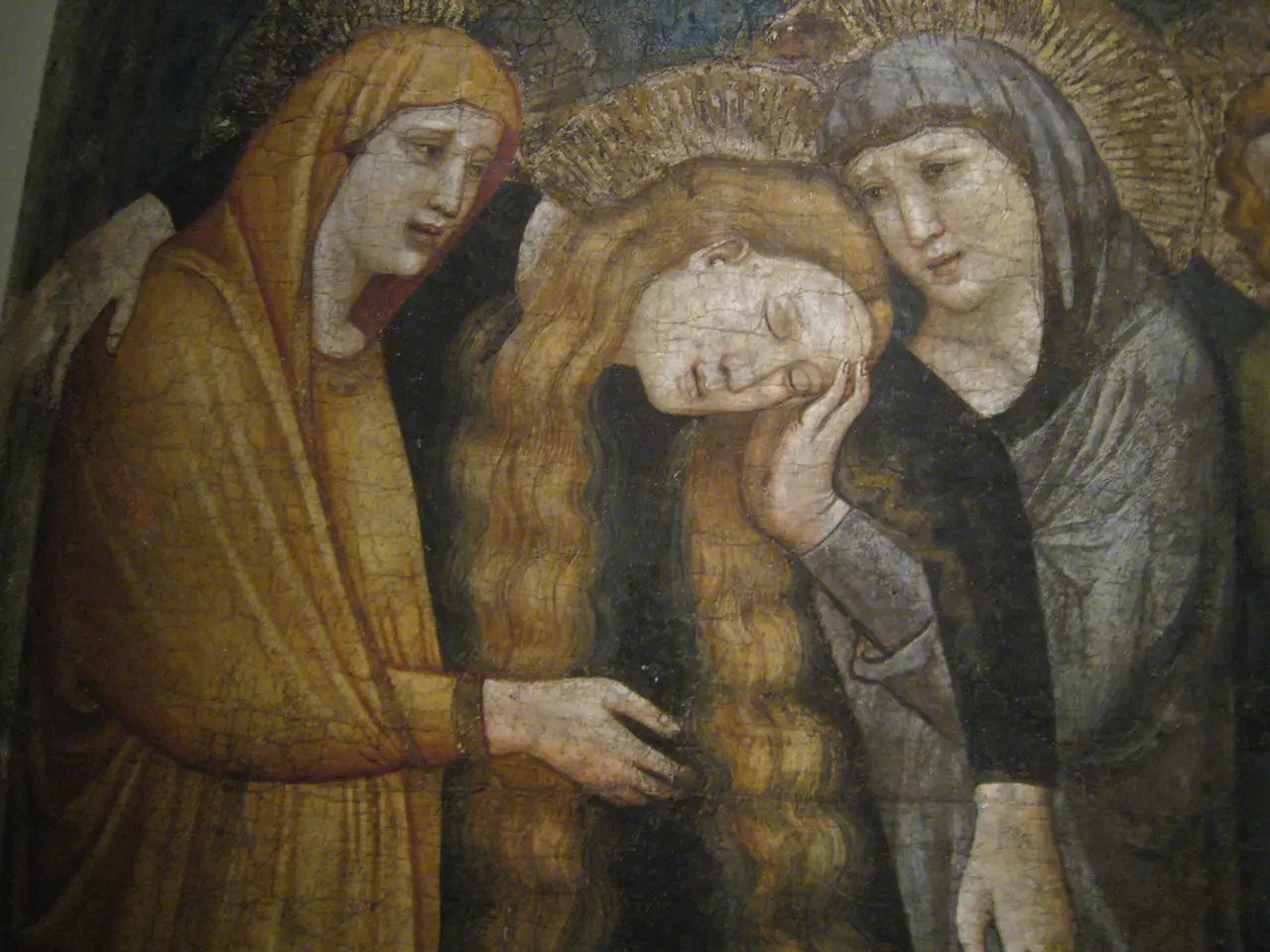Controversies Surrounding AI Art: Balancing Ethics, Intellectual Property Rights, and Data Safety in the Era of Automated Artistry
================================================================================
In the rapidly evolving world of artificial intelligence (AI), the realm of art is experiencing a revolution. AI-generated art, powered by advanced algorithms and vast datasets, is reshaping the artistic landscape, yet it brings with it a host of ethical concerns.
At the heart of these concerns lie issues of copyright infringement, ownership disputes, and attribution challenges. AI training often involves the use of massive datasets scraped from the internet, which may contain copyrighted works used without the creators' consent. This unauthorized usage has led to significant legal disputes, as illustrated by cases involving companies like Stability AI, Getty Images, Disney, and Shutterstock [1]. Artists argue that this amounts to style theft and exploitation, harming their economic interests and creative control.
The question of ownership is another key concern. Since AI-generated art results from a combination of algorithms and human input, there is no consensus on who should hold the rights—the programmer, user, or original artists whose works influenced the AI. Some argue that AI art should not be eligible for copyright as it lacks human creativity; others advocate for protection given the human-AI collaboration involved [2]. This ambiguity complicates the legal framework around AI-generated art ownership and use rights.
Attribution is also problematic because AI-generated works often mimic distinctive styles without crediting the original artists, causing moral harm and creative sovereignty issues. This lack of attribution contributes to market devaluation by flooding art spaces with AI-produced content resembling human works, potentially reducing demand for human artists [1]. Moreover, concerns about cultural appropriation arise when AI replicates culturally significant styles without consent or recognition.
To address these ethical issues, robust content moderation strategies and ethical guidelines for AI development are necessary. Developers must prioritize ethical data sourcing practices, ensuring consent, attribution, and fair compensation for artists whose work is used in training datasets. Clear legal frameworks are needed to address copyright ownership, attribution, and fair use in the context of AI-generated art.
As the future of art is being written in algorithms, it is essential to foster a future where creativity flourishes, ethical considerations are paramount, and the benefits of this transformative technology are shared by all. Open dialogue and collaboration between artists, developers, policymakers, and the public are crucial for navigating the ethical, legal, and societal implications of AI art.
References:
[1] The Verge. (2021). The AI art apocalypse is nigh. [online] Available at: https://www.theverge.com/2021/10/18/22734730/ai-art-generation-ethics-copyright-ownership-creativity
[2] Ars Technica. (2021). Copyright questions abound as AI art floods the internet. [online] Available at: https://arstechnica.com/tech-policy/2021/10/copyright-questions-abound-as-ai-art-floods-the-internet/
[3] World Economic Forum. (2021). How artificial intelligence is transforming the art world. [online] Available at: https://www.weforum.org/agenda/2021/10/how-artificial-intelligence-is-transforming-the-art-world/
Further reading:
- The Verge: The AI art apocalypse is nigh
- Ars Technica: Copyright questions abound as AI art floods the internet
- World Economic Forum: How artificial intelligence is transforming the art world.
- The development of AI in the realm of art calls for ethical guidelines to ensure fair compensation and attribution to creators whose works are used in training datasets, as the future of art is written in algorithms.
- Persistent ethical concerns regarding AI-generated art include disputes over copyright ownership, as there is no consensus on whether the programmer, user, or original artists should hold the rights.
- As AI art challenges traditional notions of creativity, it is crucial for the technology sector, policymakers, and artists to collaborate and establish clear legal frameworks, enabling the benefits of AI in art to be shared equitably while preserving artistic integrity and creativity.




